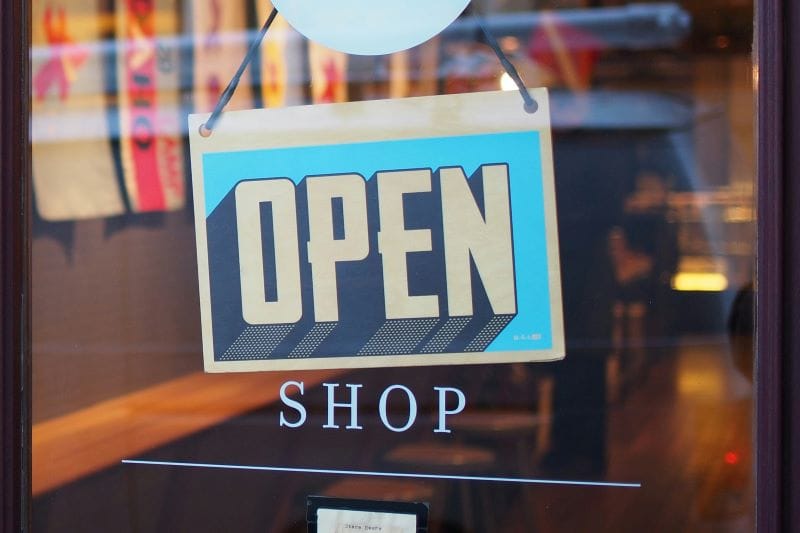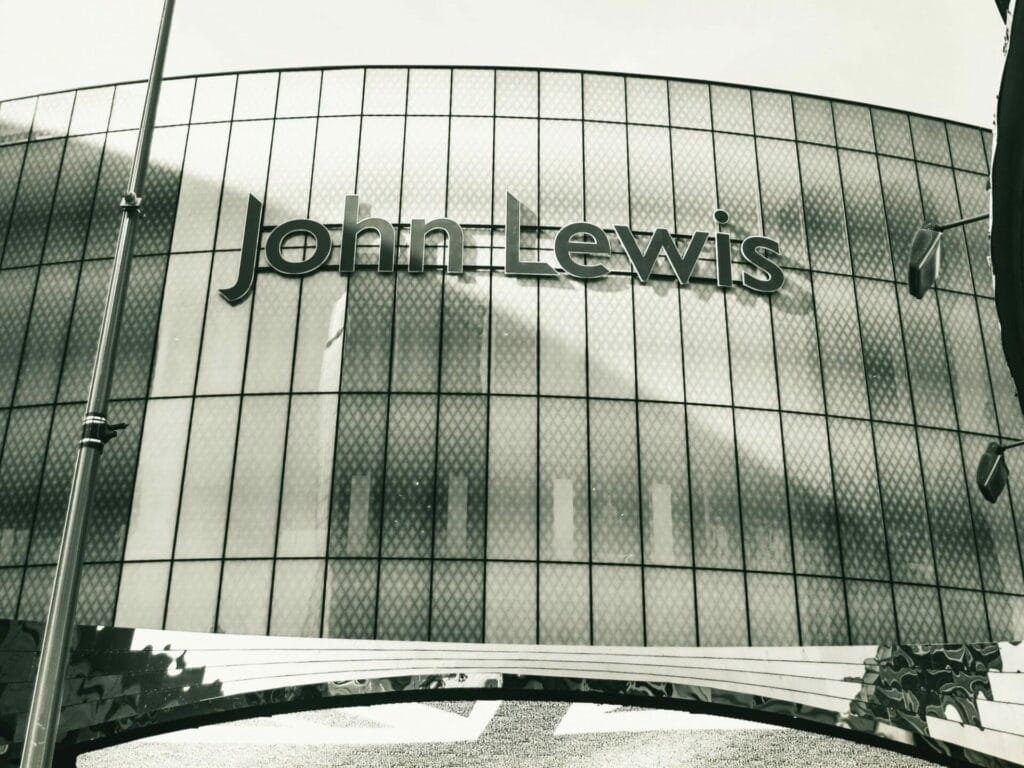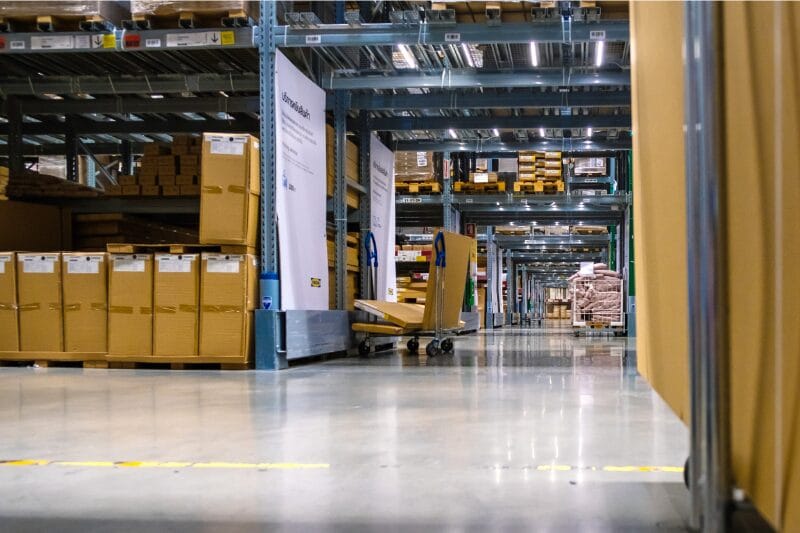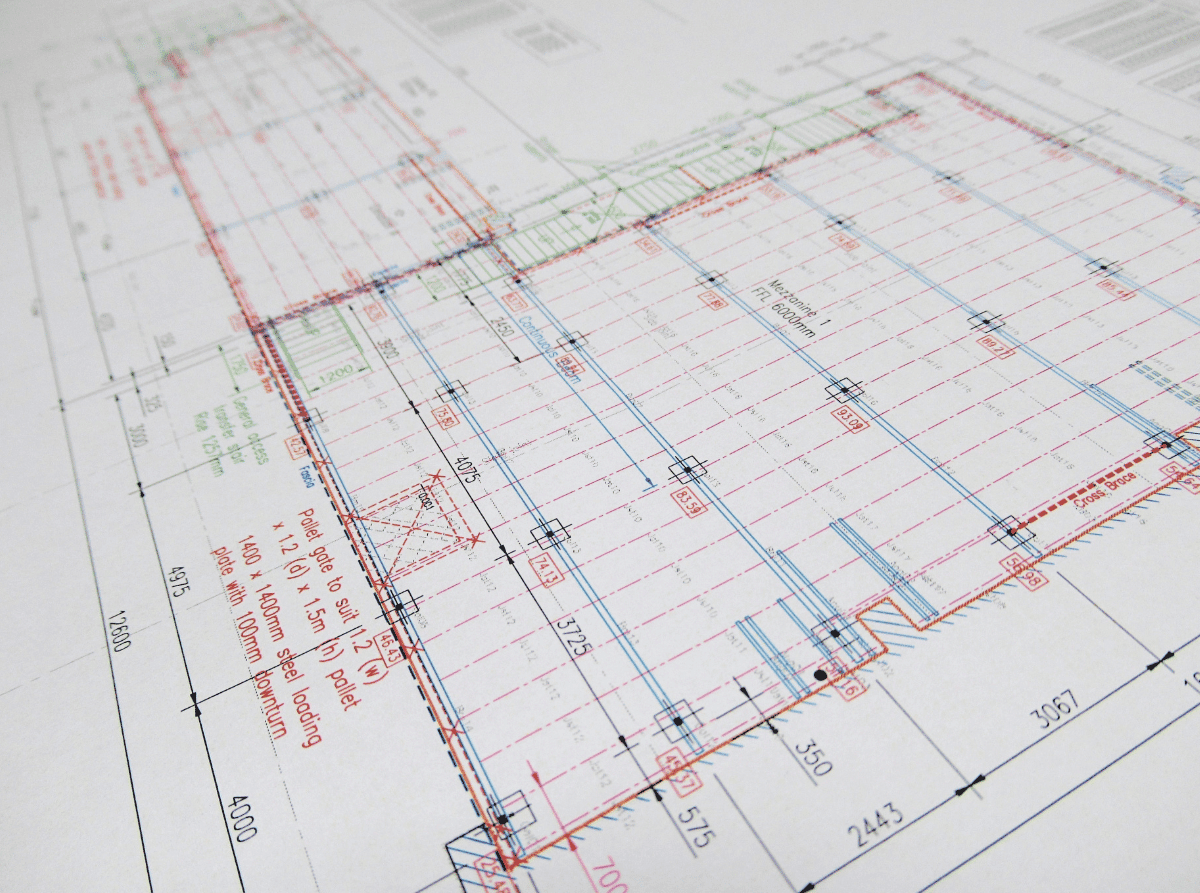Four years ago, at the height of the Covid pandemic, the world seemed to have changed forever. Today the ecommerce and warehouse sectors are experiencing something of a return to normality after an unsustainable peak – but still operating at an elevated level compared to the pre-coronavirus days of 2019.
In this new context, mezzanines have an important part to play in giving businesses valuable competitive advantage.
Here are five ways ecommerce and warehouse demand have changed since Covid, and how mezzanines can help companies adapt:
1.
Return to the High Street: retailers are rebalancing, after the ecommerce boom during Covid has given way to more measured online spending. Internet sales accounted for 25.7% of all official retail sales in February 2024, compared to 32.5% in 2020, according to the Office for National Statistics and Statista. However, the proportion of sales made online is still substantially higher than the 19.7% registered just before the pandemic in February 2020.
Mezzanine magic: in a High Street store, installing a mezzanine is a cost-effective way for retailers to make the very best of their premises – significantly increasing usable space, offering customers attractive new browsing areas and maximising capacity for displaying products.


2.
New behaviour: retailers are subtly changing the way we shop, encouraging us into new behaviours. You may have noticed this on a visit to John Lewis or womenswear brand ME + EM, for example: the shops carry less stock than we are used to seeing, with a wider range but just a few examples of each item on display. Whether it is a widescreen TV or a summer dress, customers are encouraged to view the product in-store then order it for home delivery. This business model suits brands when retail space is expensive, and allows them to curate an in-store visit as an “experience” rather than a transaction.
Mezzanine magic: fewer items in-store means more items in the warehouse, waiting to be shipped out to customers. With mezzanines our clients are making optimum use of their existing warehouse space, doubling, tripling or quadrupling their capacity. They can service customer demand into the future without the crippling expense and disruption of moving to new premises.


3.
Automation and robotics: warehouse automation accelerated during the Covid years but fell back with a difficult 2023 and low expectations for 2024 fuelled by faltering consumer spending and geopolitical tension. Forecasts for 2025 are for a return to double-digit growth, however, as the warehouse industry invests in mobile robotics, with both Autonomous Mobile Robots (AMR) and Automated Guided Vehicles (AGV). Automation is seen as key to tackling warehouse labour shortages, cutting operating costs and speeding up operations.
Mezzanine magic: installing one or multiple mezzanines allows businesses to make maximum use of their vertical space and expand their operations by introducing automation and robotics. Hi-Level Mezzanines has also created Hi-Tile, flooring specifically designed to withstand the demands of robots.
4.
Demand for warehouses: demand for warehouse space is returning to normality after the pandemic peak, according to a Big Shed Briefing from Savills. Take-up of UK industrial and logistics space was 40% lower in 2023 than in 2022; nevertheless, despite this plunge it remains 12% above the pre-Covid average. The trend, says Savills, “signifies a return to normality after a record-breaking period, with the high levels of activity seen during the pandemic unsustainable in the long term.” Logistics Manager predicts a recovery in demand after a period of economic turbulence with interest rates and inflation inhibiting investments, noting: “It seems that now the economy is more stable we could see more action from a wider field of businesses.” In the words of GLP Managing Director Bruce Topley: “We expect customers in the logistics sector to continue focusing on creating operational savings. This could involve consolidating warehouses, leading to increased demand for new buildings.”
Mezzanine magic: whether in new or consolidated buildings, mezzanines create operational savings by maximising use of available space and fostering better productivity. Hi-Level Mezzanines installs a range of bespoke mezzanines, created by our experienced design team, qualified structural engineers and award winning innovative bespoke software.


5.
Supply chain uncertainty: while supply chains have recovered from the logistics paralysis wrought by Covid and there is no longer a shortage of materials, disruption such as attacks on shipping in the Red Sea and the Baltimore Bridge collapse remind us that deliveries are vulnerable to sudden surprises. It is why the “Just in Case” model of mitigating supply chain crises is now firmly replacing the “Just in Time” model favoured before the pandemic, allowing businesses to be more resilient.
Mezzanine magic: installing mezzanines allows a company to make full use of space to hold more stock on site, and so better able to withstand supply chain fluctuations.
If you are considering installing a mezzanine and would like more information, contact us today at [email protected] or call 01730 237 190 .






